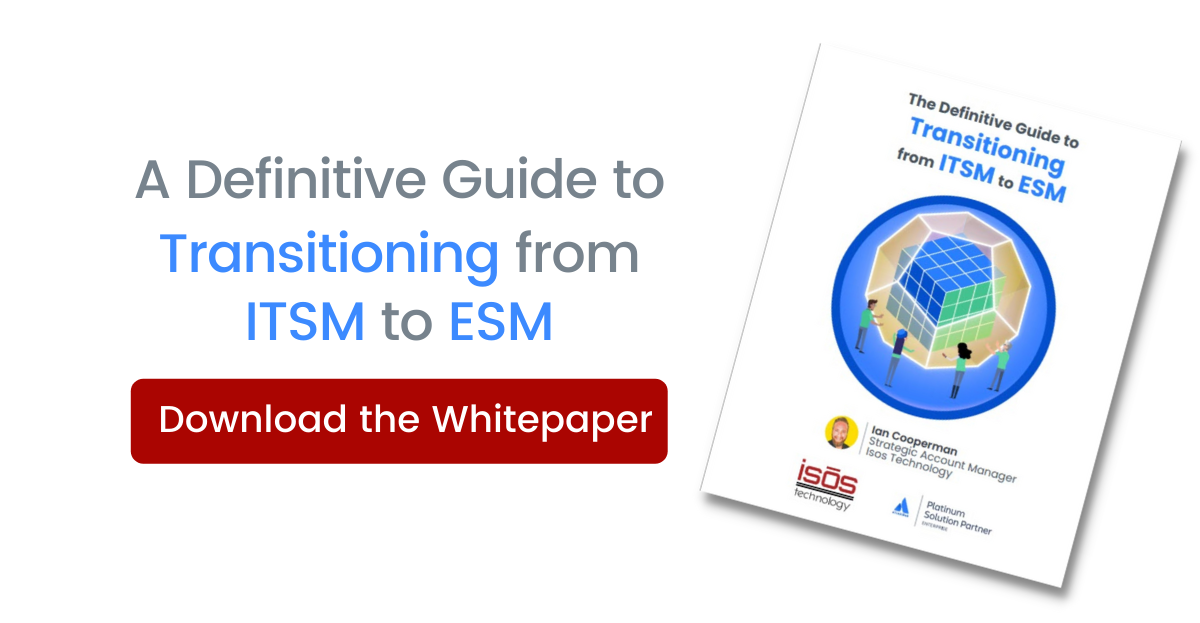
Keeping track of applications, software, and underlying infrastructure across different cloud providers and systems can be difficult to maintain and time consuming to repeat by hand. The solution? Terraform. Terraform is an open source infrastructure orchestration and deployment utility that will help you wrangle all these resources. It allows you to manage and deploy infrastructure across multiple clouds, virtualization platforms, and other services. In this post I’ll outline 5 reasons why you should give Terraform a try on your next project.
Auditing Capability
The ability to audit infrastructure, and how it is configured, is a must have in most IT organizations. When you deploy and manage infrastructure through Terraform, all of its configuration is readily available in the template files. The Terraform command can also display all deployed infrastructure to give an overview of your current implementation.
Infrastructure as Code
As you develop your deployment in Terraform, you’ll write Terraform template files in HCL (HashiCorp Configuration Language). These files can be checked into version control systems like Git. Saving these configuration files in Git allows you to track changes to your infrastructure. These code changes can be neatly worked into existing change management processes.
Automation of Processes
Terraform deployments automate the process of provisioning infrastructure. Beyond that, it can be paired with tools like Ansible to automate the deployment and configuration of applications. This kind of power can enable you to spin up a distributed deployment of Bitbucket across multiple clouds and geographic regions or simply a single Confluence node in AWS.
Repeatable & Reusable
Terraform configurations can be written with reusability in mind. If configurations are written this way, they can be reused for similar applications down the line by changing a few variables. This saves time and effort while allowing you to use a proven process again. Reusing configurations allows you to deploy stable infrastructure without having to deal with bumps in the road that you may have overcome previously.
Cloud Agnostic & Integrations
Terraform supports major cloud providers like AWS, Azure, Google Cloud Platform, and many others. Beyond cloud platforms, Terraform integrates with services like Cloudflare, Artifactory, Elastic Cloud, and many more. A major strength of Terraform is its ability to take information from one deployed resource and use that information in the deployment of another. For instance you can integrate Azure virtual machine deployments with Cloudflare by having Terraform manage public DNS records in Cloudflare that point to your resources in Azure. A huge advantage to this is that all resources managed across different systems share the same configuration language in Terraform.
Terraform can serve as the base for Atlassian application deployments. Terraform and Atlassian applications go together like cookies and milk! If you or your organization are considering deploying an Atlassian application in the cloud or on-premise, Isos Technology can help you achieve this goal through the use of tools like Terraform.
Sign up to receive more great content
Learn more about Atlassian and how Isos can help by signing up to receive our latest blogs, eBooks, whitepapers and more.














